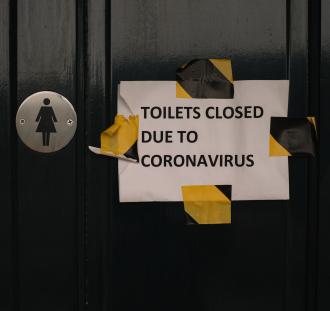MAGIC SQUARE: Calculate A-B*C
The aim is to place the some numbers from the list (11, 13, 16, 20, 22, 25, 43, 61, 66, 68, 71, 80, 84) into the empty squares and squares marked with A, B an C. Sum of each row and column should be equal. All the numbers of the magic square must be different. Find values for A, B, and C. Solution is A-B*C.
Few new short jokes
I had a joke about bowling...
But I'll Spare you.
What's a Pirate's least favourite letter?
Dear Sir,
Your internet access has been terminated due to illegal usage.
Sincerely, your service provider.
Did you know there are no smiles in Canada?
Only skilometers.
My wife demanded I stop taking Viagra each morning before I leave for the office, and replace it with Omega-3 and B vitamins.
She wants me to work smarter, not harder.
I was kicked out of music school accused of theft
, I was only taking notes.
I just saw a sign that made me piss myself.
'Toilet Closed.'
I have successfully managed to weigh a rainbow,
turns out it was pretty light.
I spent a lot of time, money, and effort childproofing my house...
But the kids still get in!
Did you hear about the little boy who swallowed some coins and was admitted to hospital.
When the doctor did his rounds, he asked the nurse how he was doing. The nurse said there was 'no change.

